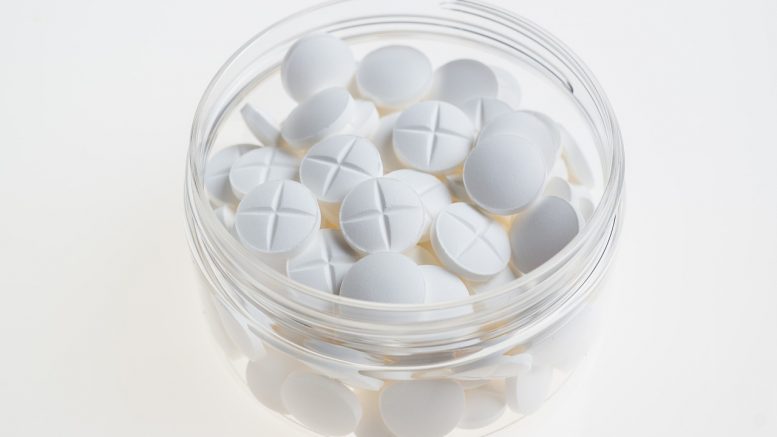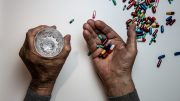According to the research published in Annals of Internal Medicine, up to 30% of all drug prescriptions are never filled. About a half of all prescriptions for medications used for chronic disease treatment are not taken as it is prescribed.
Furthermore, about half of all the patients don’t take the whole dose of their medication and take only a half of it.
The low medical adherence is not as harmless as it seems to be. About 10% of all hospitalizations and 125,000 deaths are caused by low medical adherence.
According to Annals of Internal Medicine authors, low medical adherence costs the U.S. healthcare system $100 billion – $289 billion annually.
This study showed why medications that had shown the best results during their clinical trials don’t really help patients in their treatment. Low adherence can explain why patients don’t feel better or relapse during the treatment in cases when they have a medication that should cure the disease or keep their condition under control if it’s a chronic one.
Even patients with serious diseases or health conditions may skip their doses and break the regimen. For example, half of all children with asthma either don’t use their inhalers consistently or don’t use them at all.
Adults also don’t follow the regimen: more than 40% of patients with a heart attack don’t take blood pressure medications, and about 30% of patients with kidney transplant don’t take medication that prevents anti-rejection of transplants.
Reasons for low medical adherence
There are several reasons for low adherence or its absence.
One of the most common reasons is patients believe that using a lot of pills or use of pills for a long time only makes them feel less healthy.
Doctors often hear excuses like, “I’m not a pill person,” or “I’m old-fashioned” when patients come back to them with the same issue that didn’t disappear because of the broken regimen. This is also affecting children since their parents don’t wish to overmedicate them if there are not visible symptoms.
Another popular reason among patients not to take their medication is that medications seem to be “unnatural.” This is also a reason why patients replace their initial prescription of highly-effective medication by another one that is more “natural.”
A good example of such replacement is the use of fish oil by people that survived a heart attack. However, fish oil is not approved for stabilizing arterial plaque or lowering cholesterol level.
If patients cannot see any difference in their health condition after taking their medication within several weeks, they are more likely to stop using it. This is the most common scenario for chronicle diseases where patients should take medication in order to keep their disease in check.
This is very dangerous since health conditions of people with chronic disease can get worse extremely quickly after breaking the regimen.
Financial issues and ways to improve the adherence
Aside from mentioned reasons for low medical adherence, there are also reasons that are related to financial issues.
Some patients take another medication with the same active substance or another medication that should treat the same condition and is cheaper than the prescribed one.
However, there are cases when medication can treat the same condition but have different ways of affecting a patient’s body. Also, in some medications, the amount of active substance has to be the same for its efficacy.
Cheaper medications may be effective and treat the condition and have side effects that doctor tried to avoid by prescribing more expensive medication.
According to Dr. William Shrank of the University of Pittsburgh Health Plan, the medical adherence improved by 6% in patients with the history of heart attack in the case tha the medication was free for them. This caused 11% fewer strokes and heart attacks compared to patients who had to pay for their medications.
He said that there were so many reasons for low adherence such as complicated prescription, confusion, lack of visible symptoms, side effects, unaffordability, and some patients even considered taking medications as a sign of weakness.
Shrank also pointed out that there are some ways to improve adherence: combine multiple medications into one pill, simplifying of dosing, interactions between healthcare professionals and their patients through digital technology.
Adherence can also be improved by using special devices that remind patients to take their medication including common smartphones. There are some special devices available on the market specifically for that purpose (GlowCaps, electronic pills boxes).





Be the first to comment on "The Cost of Low Medical Adherence"